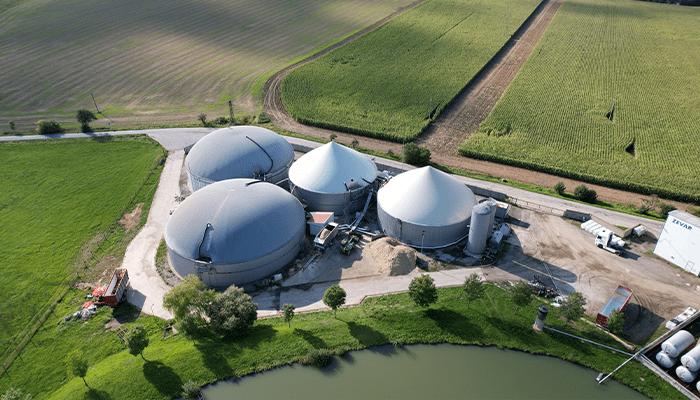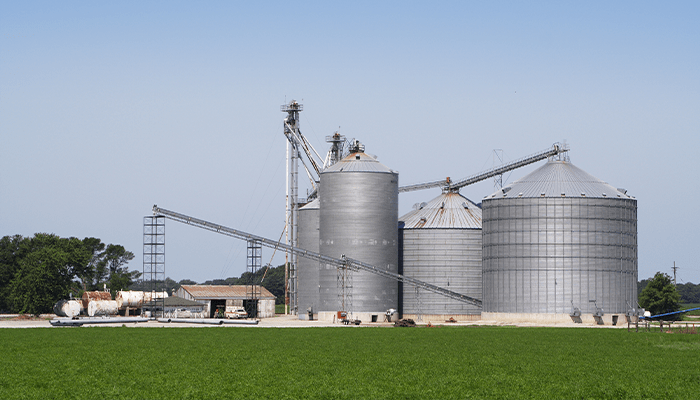
Tips for Safely Extracting Stuck Vehicles
Agricultural workers know all too well the risk of trucks and tractors getting stuck in the mud or snow. Unfortunately, it’s during attempts to dislodge a stuck vehicle that serious injuries occur.
Safety training is one of the best ways to avoid an accident. Techniques may vary, but all safe towing practices should consider:
- Soil condition
- How deep the truck or tractor is stuck
- Stuck vehicle weight
- Towing vehicle weight
When a vehicle becomes stuck, it’s important not to rush. Mistakes are more likely to happen when workers hurry to extract the vehicle, increasing the chance of property damage and injury. Instead, assess the following:
- How stuck is the vehicle, and how much damage may result if you continue?
- Are the axles dragging?
- Is the vehicle bellied-out, resting on the frame, or rear-end housing?
- How much does the cargo weigh, and will it shift?
- What is the condition of the ground under the towing vehicle?
- How can you protect workers and bystanders from injury and flying debris?
- Is the vehicle leaning?
- Where are the power lines?
Before extracting the vehicle, calculate the total gross weight of what is stuck, including the vehicle, trailer, and payload that will be pulled. The size of the towing truck depends on the weight of what’s stuck and how deep it’s buried.
A good rule of thumb is that the tow truck's weight should be equal to what’s stuck. If the stuck vehicle can assist, a towing vehicle that weighs as much as the stuck vehicle may be sufficient.
To improve traction, dig out the dirt around the sidewalls and in front of the tires. If possible, position the towing vehicle on higher ground.
When connecting the towing vehicle to the stuck vehicle, use equipment that is rated for the job. Because what you use will be put under significant force/tension, it’s essential to understand the danger involved if a break occurs. A long towing chain is recommended over nylon ropes or cables, but chains will break at their weakest point, so conduct a thorough inspection before use.
Initiate the towing process with caution. Everyone involved should understand the situation and the plan for extraction.
It’s no secret that agriculture ranks among the most hazardous industries. Contact AssuredPartners Agribusiness for resources designed to help you create a culture of safety.
Featured News & Insights

Carbon credits as a concept have been around for years, offering both environmental and economic opportunities for the agriculture sector. With sustainable practices taking center stage, it's...

The outlook for the U.S. poultry market is promising as demand remains high, flock populations have recovered, and market prices are expected to increase, according to the USDA’s August 2024...

Grain entrapments are down 36 percent in 2023, according to Purdue University's Agricultural Safety and Health Program's latest "2023 Summary of U.S. Agricultural and Confined-Space Related Injuries...